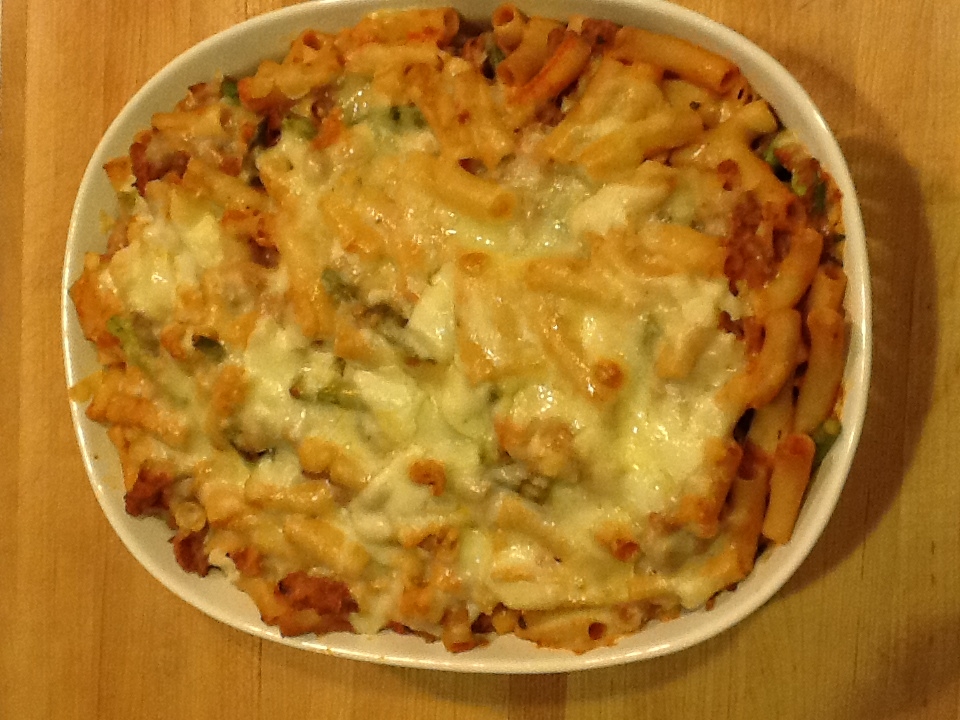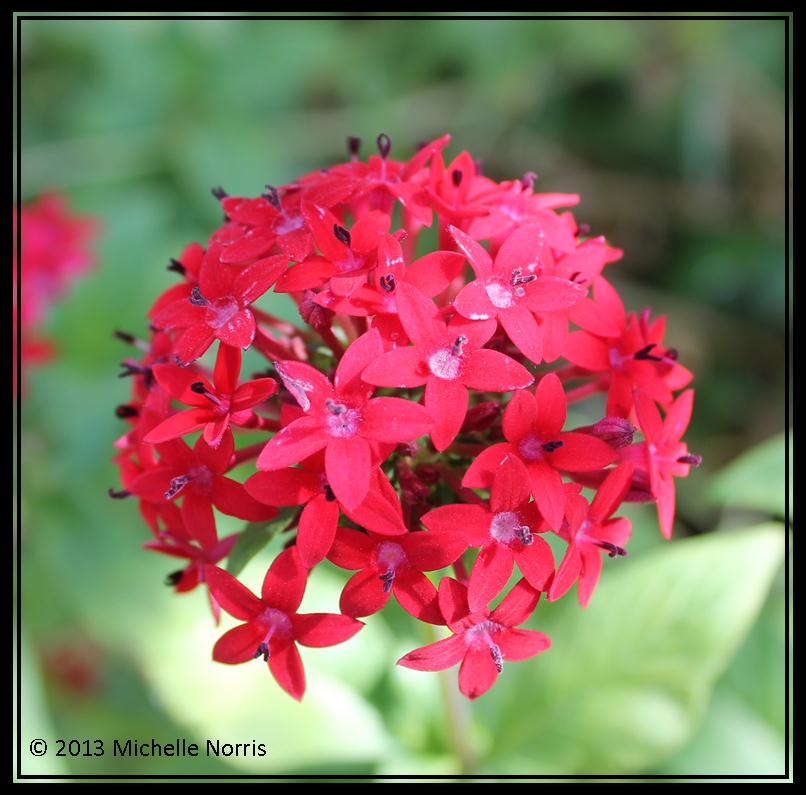
Gardening Styles: The English Garden
Traditionally viewed as a symmetrical and intricate “outdoor room,” the English garden evolved in the 18th century to yield its current state. Depicted now as informal elegance and naturally enticing, the English garden shed the previous vision of straight lines for curving paths, rows of trees for those sporadically planted thus allowing the garden to morph into a wandering park instead of the groomed formal setting that shied away from nature‘s bounty.
The typical English garden of today is often referred to as a country garden or a landscape garden. Filled with architectural eye-catchers, such as topiaries, hand-crafted benches, and garden ornaments, the garden appeals to the young and old, alike. Garden paths are constructed from various materials, including stones, bricks, grass and mulch to provide both formal and informal walk ways.
Gardeners wishing to replicate the English garden’s beauty should include hedges, roses, trees, flowers, greenery and herbs. Planting a variety of perennials, annuals, and bulbs will ensure continual beauty throughout the seasons. Greenery hedges have particular importance in the English garden; they lend a backdrop for showy blooms, provide a safe haven for wildlife, and act as a natural barrier or fence. Trees should not be overlooked when constructing the English garden as they allow the viewer to observe the artful landscape in its entirety.
The following plants are commonly used by Gardeners when designing English gardens:
- Perennials: Foxglove, Coreopsis, Dianthus, Garden Phlox, Delphinium, Purple Cone Flower, Clematis, English Ivy, Hydrangea, and Roses
- Annuals: Sweet Alyssum, Love in a Mist, English Marigold, Snap Dragons, Sweet Peas, and Petunias
- Trees: Fig, Rose, Crab Apple, Dogwood, and any other small ornamental fruit or nut tree
- Hedges: Roses, Privet, Yew, Box, and Beech
- Bulbs: Iris, Tulips, Crocus, and Daffodils
- Herbs: Thyme, Rosemary, Parsley, Sage, English Lavender
Cover Photograph courtesy of Flickr: https://www.flickr.com/photos/osakajon/38218746/sizes/z/in/photostream/
0





